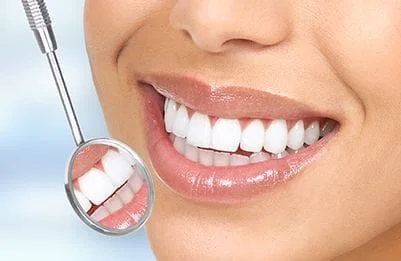An oral biopsy is a tissue sample gathered from an abnormality in the mouth and is sent to a lab to undergo further testing. The procedure would be required when a dentist cannot diagnose the problem by examination, X-rays, and symptoms alone.
Common Oral Diseases
There are a variety of oral diseases that the pathologist will test for, including:
- Oral cancer: Appearing as a growth or sore in the mouth that does not go away over time, oral cancer can affect the lips, tongue, cheeks, floor of the mouth, hard palate, soft palate, sinuses, and throat. Early detection is key for treating this disease, though most patients are diagnosed in the advanced stages.
- Leukoplakia: Thickened, white patches on your gums, inside your cheeks, the bottom of your mouth, or your tongue.
- Lichen planus: A chronic inflammatory condition that affects the mucous membranes inside your mouth. Lichen planus appears as white, lacy patches, open sores, or red, swollen tissues. The lesions are accompanied by burning or other discomfort. This condition needs to be closely monitored so that it does not turn into oral cancer.
- Mucous membrane pemphigoid: An uncommon autoimmune disease that may cause oral lesions of the gums, mucous membranes, tongue, soft palate, or hard palate.
- Pregnancy tumors: Raised nodules that may or may not be painful.
Other diseases, such as diabetes, Crohn’s disease, and heart disease, may produce abnormalities inside the mouth.
Types of Oral Biopsies
Depending on the abnormality in your mouth, there are six different ways to perform an oral biopsy:
- Aspiration: A needle and syringe removes a sample from within the lesion.
- Brush: Firm pressure is applied on a circular brush while it is rotated to pick up cellular material. The sample is then transferred to a glass slide for observation under a microscope.
- Excisional: If a lesion appears benign during an oral exam, and is smaller than one centimeter, this type of biopsy removes the entirety of the lesion.
- Incisonal: For larger lesions, a sample is taken from more than one area.
- Punch: Using a circular blade attached to a pencil-like handle, the instrument is rotated through the lesion. The biopsy yields a circular bit of tissue that is then sent to the lab for further testing.

